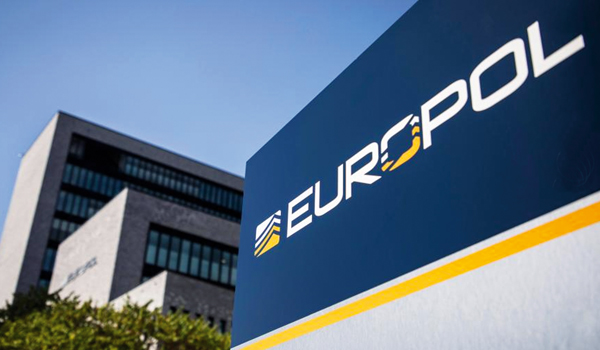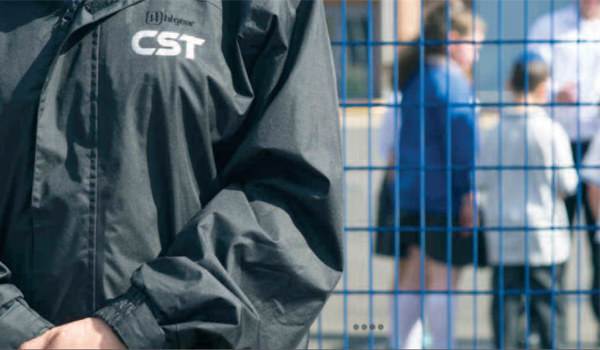Concerns deepfake technology could become staple tool for organised crime
Recent advancements in artificial intelligence (AI) means deepfake detection and prevention must be top law enforcement priority, according to a new report by Europol.
Facing Reality? Law enforcement and the challenge of deepfakes, produced by the Europol Innovation Lab, draws its conclusions based on extensive desk research and in-depth consultation with law enforcement experts, and provides a detailed overview of the criminal use of deepfake technology, alongside the challenges faced by law enforcement in detecting and preventing the “nefarious” use of deepfakes.
The report includes several contemporary examples showing deepfakes’ potential use in serious crimes such as: CEO fraud, evidence tampering, and the production of non-consensual pornography. Advances in AI and the public availability of large image and video databases mean that the volume and quality of deepfake content is increasing, which is facilitating the proliferation of crimes that harness deepfake technology. Law enforcement agencies therefore need to be aware of deepfakes and their impact on future police work, it adds.
Much of the deepfake content created today is identifiable through manual methods that rely on human analysts identifying telltale signs in deepfake images and videos, say researchers. However, this is a labour-intensive task that is not actionable at scale. Accordingly, the report argues that law enforcement agencies will need to enhance the skills and technologies at officers’ disposal if they are to keep pace with criminal use of deepfakes.
Examples of such new capacities range from the deployment of technical and organisational safeguards against video tampering to the creation of deepfake detection software that uses AI.
You can access the full report here.







